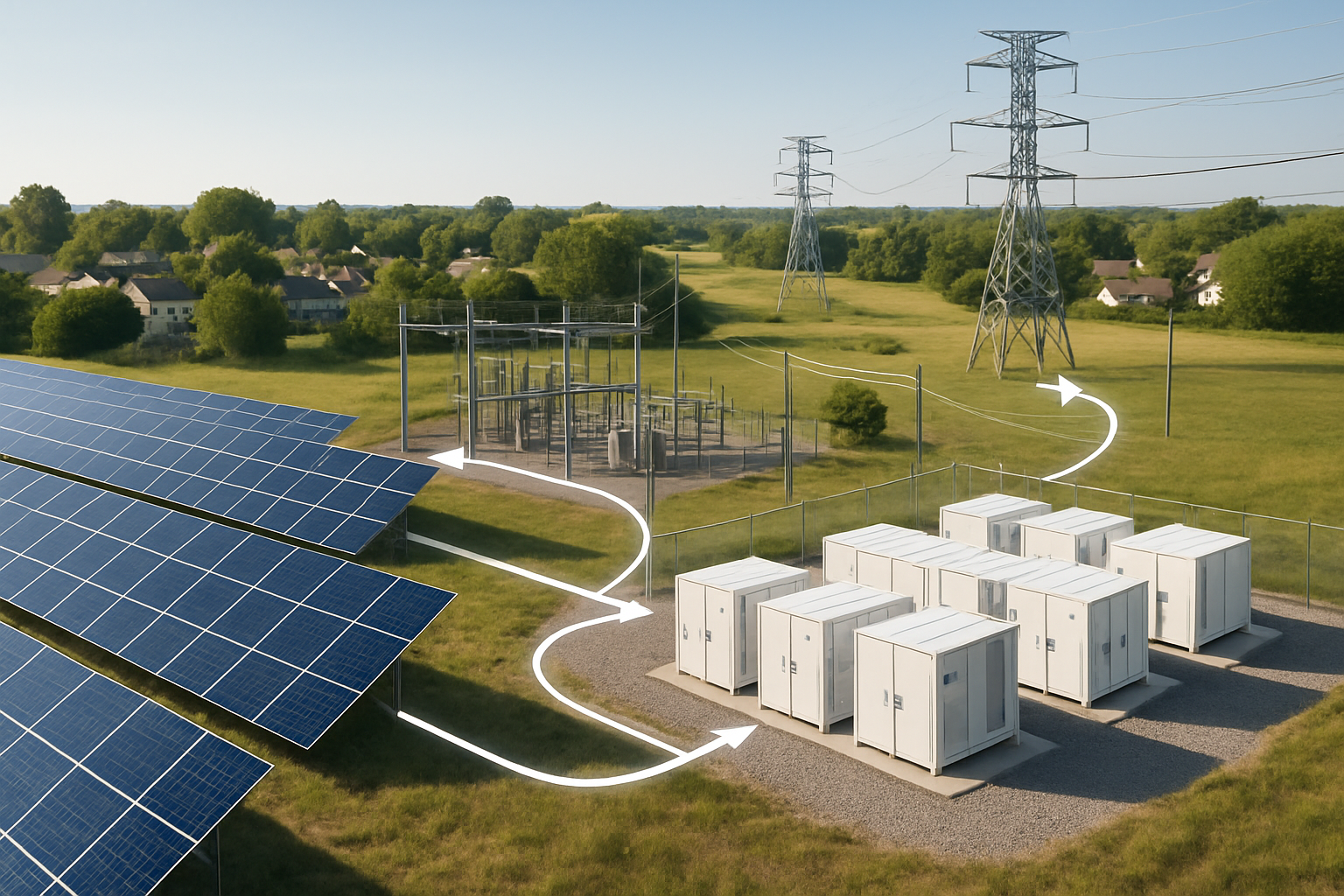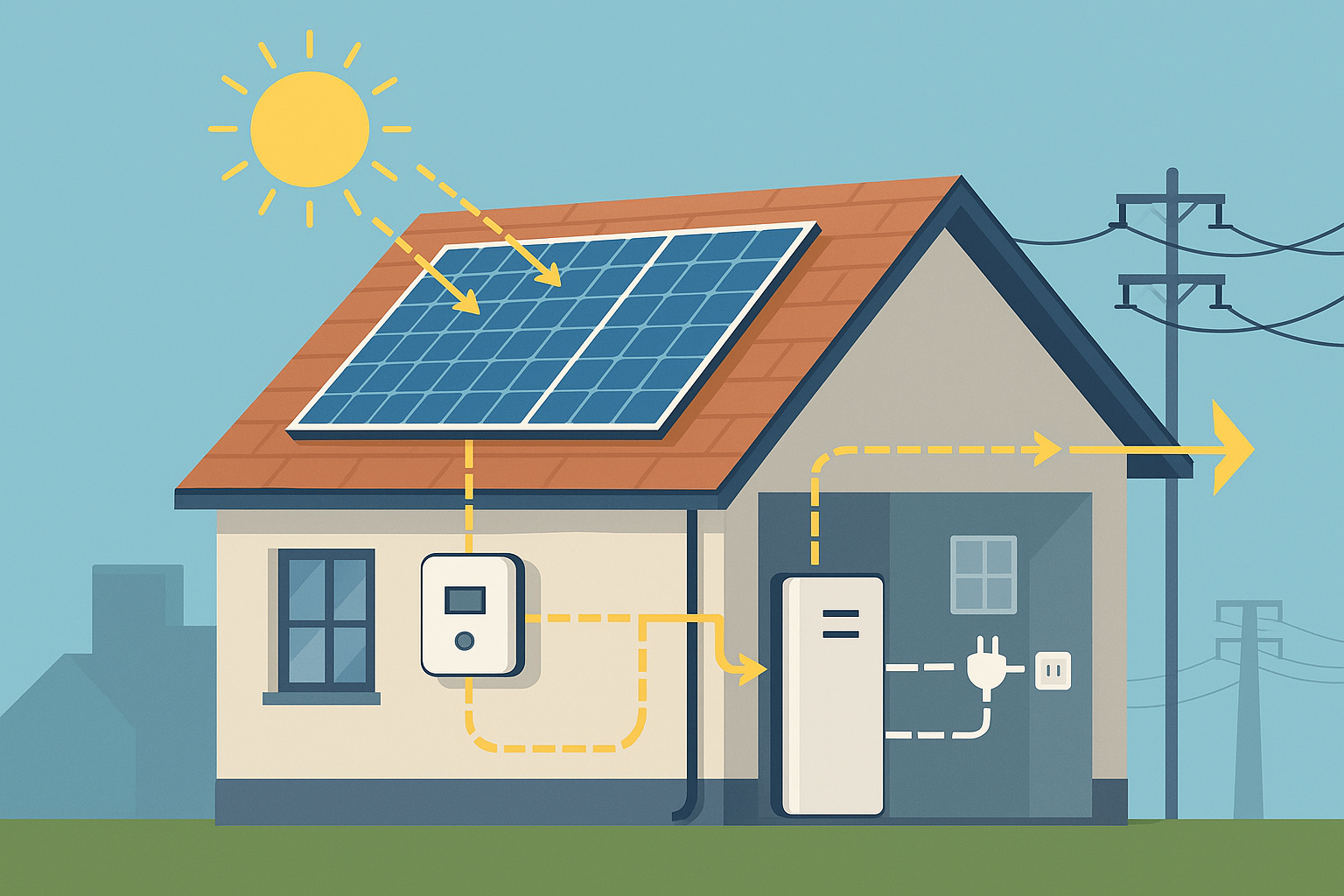The embrace of solar energy is transforming how we power homes and businesses, offering a pathway to greater energy independence. As more individuals and organizations consider solar investments, a critical question emerges: how do installation costs vary based on the site? This discussion focuses on the distinct financial landscapes of rooftop solar projects compared to installations on challenging rocky terrain, highlighting the factors that create a significant cost gap.
Understanding Solar Project Costs
Balancing Hardware and Soft Costs
A solar photovoltaic (PV) system's total cost comprises two main categories: hardware and soft costs. Hardware includes the solar panels, inverters, mounting structures, and, increasingly, battery storage systems like lithium iron phosphate (LiFePO4) batteries. Soft costs, on the other hand, encompass everything else: permitting, inspection, interconnection, labor, customer acquisition, and overhead. For rooftop solar arrays, these non-hardware elements can represent over half of the total installed cost.
Key Factors Influencing Expenses
Several variables shape the final price of a solar project. The system size, determined by energy needs, directly impacts the number of panels and the capacity of the inverter required. The choice of equipment—from high-performance panels to advanced hybrid inverters—also plays a role. Furthermore, local labor rates, regional regulations, and specific permitting processes contribute to the overall expenditure. Understanding these elements is vital for accurate project forecasting.
Rooftop Solar: Efficiency and Considerations
The Economic Advantage of Rooftop Installations
Rooftop solar systems frequently offer a cost-effective entry into solar energy. They leverage existing building structures, significantly reducing the need for extensive land acquisition, grading, or complex foundation work. Solar technology is uniquely modular, allowing for deployment at various scales, from large utility-scale farms to smaller, decentralized rooftop systems.
The Persistent Impact of Soft Costs
Despite the inherent advantages of using existing roof space, soft costs remain a notable component of rooftop solar expenses. Navigating the diverse permitting requirements across numerous local jurisdictions can introduce complexity and cost. Streamlining these processes is an ongoing effort within the solar industry to make rooftop solar even more accessible.
Integrating Energy Storage for Enhanced Value
Pairing rooftop solar with advanced energy storage solutions, such as integrated home energy storage systems powered by LiFePO4 batteries, elevates the system's value. These systems allow homeowners to store excess solar generation for use during peak demand or at night, increasing self-consumption and reducing reliance on the grid. This integration helps achieve greater energy independence and resilience.
Rocky Terrain Solar: Complexity and Higher Investment

Significant Site Preparation Expenses
Installing solar arrays on rocky or uneven terrain presents substantial challenges and, consequently, higher costs. Extensive site preparation is often necessary, including land clearing, grading, rock excavation, and the construction of robust foundations capable of withstanding the challenging ground conditions. This can involve specialized equipment and increased labor, driving up initial capital expenditures.
Logistics and Construction Hurdles
Transporting heavy solar panels, racking, and construction machinery to remote or difficult-to-access rocky sites adds to the logistical complexity and cost. The construction process itself can be slower and more intricate due to the uneven surfaces and the need for precise engineering to ensure system stability and optimal energy capture.
Environmental and Regulatory Considerations
Projects on challenging terrain may also face more rigorous environmental impact assessments and require specific permits related to land disturbance, water runoff, and ecological preservation. These regulatory hurdles can add both time and financial resources to the overall project timeline.
The Cost Gap: A Comparative Insight
Direct Cost Comparison: Rooftop vs. Rocky Terrain
The table below provides a generalized comparison of how key cost components might differ between rooftop and rocky terrain solar projects. Actual costs will vary based on project specifics, location, and market conditions.
| Cost Component | Rooftop Solar | Rocky Terrain Solar |
|---|---|---|
| Site Preparation | Minimal (roof cleaning, minor repairs) | Significant (land clearing, grading, rock excavation, trenching) |
| Foundation/Mounting | Standard roof mounts, ballast systems | Complex ground mounts, concrete piers, specialized anchoring |
| Labor (Installation) | Generally lower due to accessibility | Higher due to site complexity and specialized work |
| Permitting & Fees | Standard residential/commercial permits | Potentially more complex environmental and land-use permits |
| Logistics | Easier access for equipment/materials | Challenging transport to remote/uneven sites |
Scale and Levelized Cost of Electricity (LCOE)
While rocky terrain installations often incur higher initial site-specific costs, large-scale ground-mounted projects can achieve economies of scale that significantly reduce the Levelized Cost of Electricity (LCOE). The global weighted average LCOE for utility-scale solar PV has seen substantial declines, with values below USD 0.02/kWh emerging in some regions. This dramatic reduction in LCOE makes large ground-mounted solar farms competitive, even with the higher initial site preparation expenses. In contrast, rooftop PV systems were close to grid parity in several markets as early as 2011.
Driving Value Through Advanced Technology
Regardless of the installation type, technological advancements continue to enhance the value proposition of solar energy. High-performance LiFePO4 batteries offer reliable and safe energy storage, while sophisticated solar inverters efficiently convert direct current to alternating current. These innovations optimize system efficiency and durability, contributing to long-term savings and greater energy independence for both rooftop and ground-mounted projects.
Smart Energy Choices: A Path to Energy Independence
Making informed decisions about solar investment requires a thorough understanding of all cost drivers. Detailed site assessments and accurate cost estimations are crucial to avoid unexpected expenses, whether you plan a compact rooftop system or a large-scale ground-mounted array. For those seeking comprehensive energy autonomy, integrated solutions that combine solar generation with robust energy storage, including off-grid solar solutions, offer unparalleled reliability and self-sufficiency. Investing in solar energy, supported by reliable and scalable energy solutions, provides significant long-term financial and environmental advantages, empowering you to achieve true energy independence.





Leave a comment
All comments are moderated before being published.
This site is protected by hCaptcha and the hCaptcha Privacy Policy and Terms of Service apply.